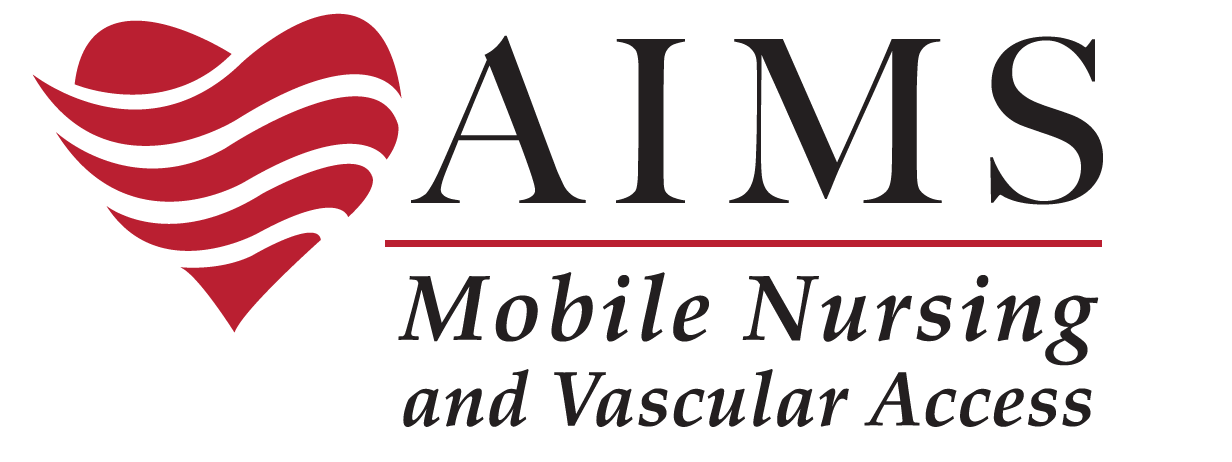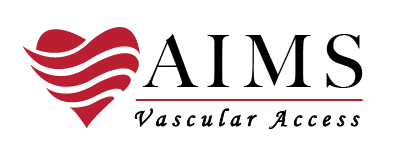Infusion and injection coding are ways to deliver medications and other treatments to patients. Infusion therapy provides a drug or other treatment through a vein, while injection therapy involves injecting medication directly into the tissue. Infusion and injection coding ensure that patients receive the proper care and treatment. The Current Procedural Terminology (CPT®) codes offer doctors and healthcare professionals a single language for coding medical services and procedures.
Healthcare workers must adhere to strict safety guidelines when administering infusion and injection codes. It is essential to follow proper protocol for these procedures to ensure the safety of both patients and healthcare workers.
This blog will discuss the following:
- Drug Administration Basics
- Drug Categories
- Methods To Administer Drugs
Let’s get started!
Drug Administration Basics
Knowing the basics of drug administration is essential to taking most medications correctly; this includes understanding how and when to take medication and how much to take. It’s also vital to be aware of potential drug and food interactions.
When you have been prescribed a new medication, your doctor will give you specific instructions on how to take it. You should read these instructions carefully and follow them closely. Many people make the mistake of not reading the label or not taking the medication as directed by their doctor, which can lead to dangerous side effects.
Types of Drug Categories
Most people know there are different types of drugs, but they may not be aware of the specific categories these drugs fall into. There are four main drug categories: hydration, therapeutic/prophylactic/diagnostic, chemotherapy, or other biologic agents/complex medications. Each of these categories has its own unique set of characteristics and purposes.
- Hydration: These drugs are pre-packaged fluids and electrolytes designed to hydrate the body.
- Therapeutic/Prophylactic/Diagnostic: These drugs treat illnesses or medical conditions. The purpose of a medicinal drug is to cure or alleviate a patient’s symptoms. There are many therapeutic drugs, including antibiotics, antivirals, and painkillers. Therapeutic drugs are taken orally, or they can be injected or administered through other means.
- Prophylactic drugs: These are preventive medications that reduce the risk of developing an illness or disease. They may also be taken by people who have already been diagnosed with a condition to help control it. Prophylactic drugs can be synthetic (manufactured) or natural (derived from plants or animals). Some common examples include vaccines and birth control pills.
- Chemotherapy or other biologic agents/complex drugs: It’s no secret that chemotherapy and other biologic agents/complex drugs are lifesaving for many cancer patients. However, less known is that these treatments can also negatively impact cognitive function. This side effect can be particularly pronounced in older adults, who are already more susceptible to declines in cognitive function.
Methods To Administer Drugs
Drugs are administered in various ways, including orally, intravenously, intramuscularly, and subcutaneously. The most common way to help drugs is oral; this is because it’s a convenient and relatively painless way to take medication.
Drugs can also be administered intravenously, which means they’re injected directly into the bloodstream; this is often done in hospitals for patients who are critically ill or need medications quickly. Intramuscular injections involve injecting a drug into a muscle, and this is generally used for medicines that need to be rapidly absorbed. Subcutaneous injections involve injecting a drug under the skin, generally used for long-term treatments or medications.
Professional In-Home PICC Nurses Ready To Serve You
AIMS Mobile Nursing started in 2019 with the mission to push healthcare into a new frontier by offering solutions at a fraction of the cost of hospitals. Mobile nursing services provide exceptional care for patients who cannot visit a clinic or hospital.
AIMS registered nurses provide an array of vascular access nursing services, including PICC lines, ultrasound-guided IVs, and educational programs.
Glenda Davis, the co-founder of AIMS Mobile Nursing, was the first nurse at McKenzie-Willamette Medical Center in Springfield, OR, to insert PICC lines. Click on the link below to learn more about how we can help!

